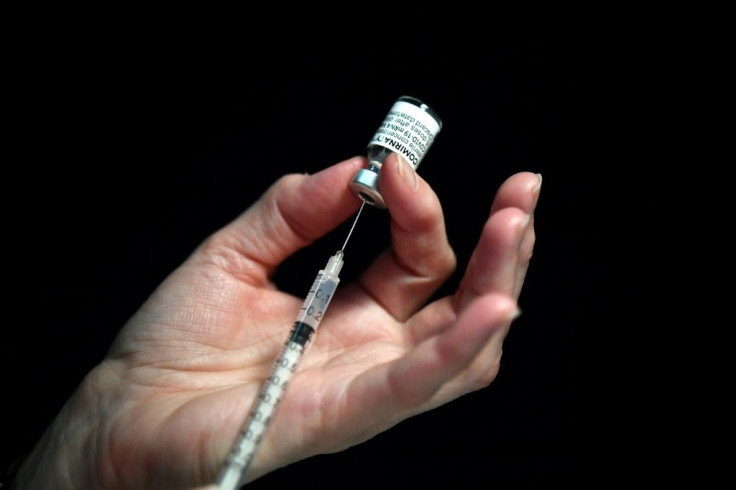Will 70 Percent Of Americans Be Vaccinated? Some States Falling Behind On Biden Goal
President Joe Biden has long touted his goal of having at least one shot of a COVID-19 vaccine in the arms of 70% of Americans by July 4, and as a whole, the United States is on track to at least meet that metric. However, some states are still lagging behind when it comes to their vaccine totals, which is sparking concern about potential hot spots as variants continue to spread.
According to an analysis by the New York Times, at least 30 states will not reach that goal by next month, and another handful may not even reach it by the end of the year, which is causing concern as variants of the original virus continue to emerge and spread, making unvaccinated Americans more at risk of transmission of the virus.
“You reach a certain rate nationally, which looks excellent and would really suggest that you are in a place to reduce the likelihood of infectious spread, but that can be misleading,” Dr. Marcus Plescia, chief medical officer for the Association of State and Territorial Health Officials said. “You still have these significant pockets and states where the rates of immunity are much lower. So we could have another wave pop up.”
The concerns come as life returns as close to normal as possible for most Americans around the United States, with relaxed restrictions on social distancing and mask use in most settings.
Among U.S. states, 15 have seen roughly only half of adults at max receive a single dose of a COVID-19 Vaccine. Indiana is on track to see 58% of adults with at least one vaccine by then, with North Carolina, Georgia, North Dakota, Oklahoma, Missouri, South Carolina, Idaho, Arkansas, West Virginia, Tennessee and Wyoming all set to reach a minimum of 50% by the July 4 deadline. Three states—Mississippi, Alabama and Louisiana—are all on track to reach less than that 50% number.
An additional 15 are closer to the goal but are still not projected to reach it. They include States such as Florida, Wisconsin, Nebraska, South Dakota, Iowa and Michigan, which are all expected to have 65% or higher of adults receiving one dose, in addition to Utah, Ohio, Arizona, Alaska, Texas, Nevada, Kentucky, Kansas and Utah, which are all projected to reach 60% or higher. Montana lags behind the others in this group, with a projected rate of 59%.
10 states and territories are projected to reach that threshold—Puerto Rico, Oregon, Colorado, Delaware, Virginia, Minnesota, Illinois, New York, District of Columbia and Washington—while the remaining 12-California, Maryland, New Hampshire, Pennsylvania, New Mexico, Rhode Island, New Jersey, Maine, Connecticut, Massachusetts, Hawaii and Vermont—have already surpassed that goal.
Hesitancy to get the vaccines has seemingly been the biggest hurdle in most of these states, as well as smaller numbers of doses available, which makes it harder for some. Companies and states themselves have since unleashed a flurry of campaigns to try and win over the skeptics. California, Ohio, Colorado and West Virginia have all unleashed giveaways of cash and prizes to those who receive the shot, with several companies following suit, including CVS and Kroger. Anheuser-Busch has also upped the stakes for the entire country, stating that those who enter their freebie will receive a free drink on the company if the nation meets the 70% mark.

© Copyright IBTimes 2025. All rights reserved.





















